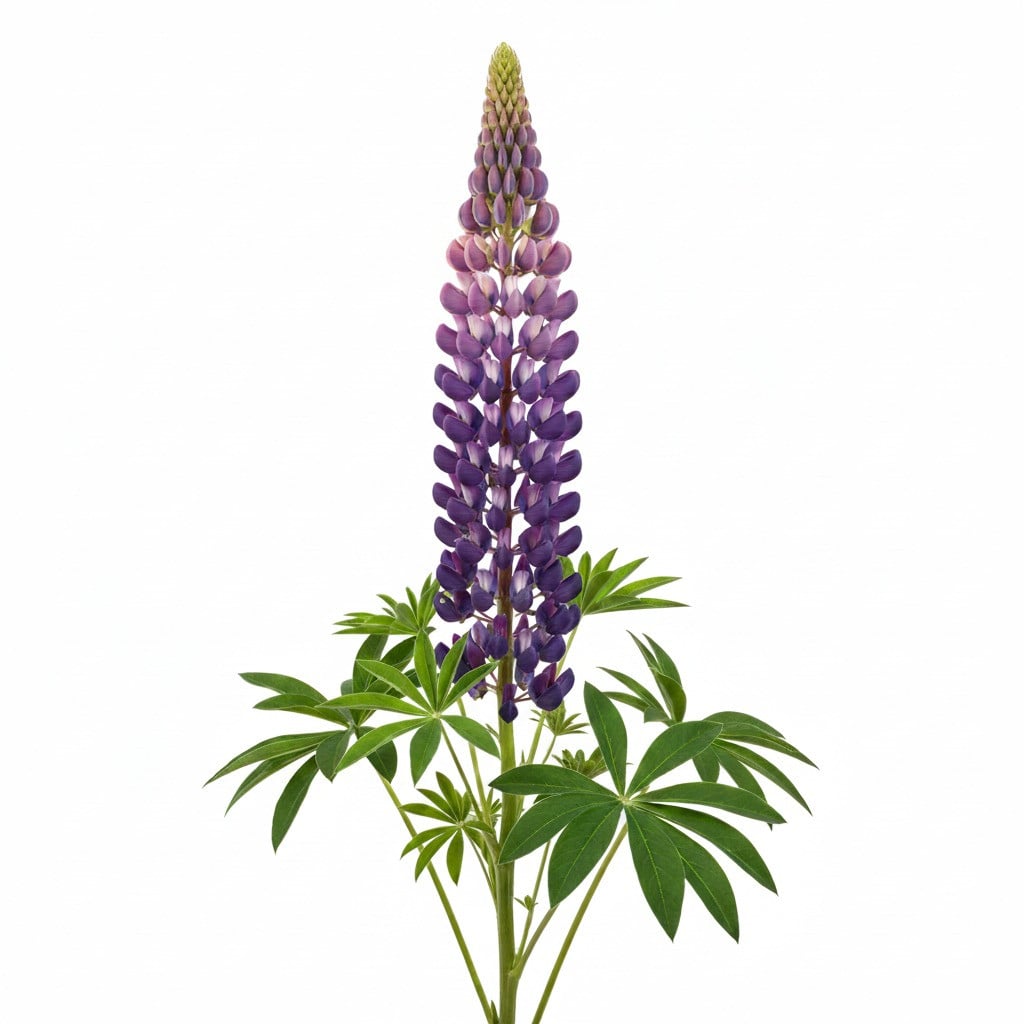Lupine / Bluebonnet

Lupine / Bluebonnet
Lupinus
Plant family
Legumes (Fabaceae)
Season Overview
Propagating
Planting
J
F
M
A
M
J
J
A
S
O
N
D
1ST YEAR
Details
Light requirement
Sunny
Water requirement
Moist
Soil
Medium (loamy)
Nutrient requirement
Low
Plant distance
35 cm
Row spacing
45 cm
Seeding depth
2 cm
Instructions
Description
Lupines are a genus of plants in the legume family. Lupine species exist as a vegetable plant, forage plant, ornamental plant, and wild plant. The seeds of most species contain lupinin, a toxic bitter substance. Certain cultivated forms, on the other hand, are non-toxic and non-bitter (sweet lupin). Lupinus species are mostly perennial, herbaceous plants and reach growth heights of up to 1.5 m (5 ft). There are also tree-like shrubs in this genus. They usually form a taproot. The flowers are in erect, spikey inflorescences.
Origin:
Many lupine species are native to the Mediterranean region. Many other species occur on the west coast of North, Central and South America.
Growing tips
Let the seeds pre-swell in warm water for 24h. For fast flowering lupins sow them in early April and plant the seedlings in the garden in mid-May. As a green manure, you can sow the lupins directly into the bed from April to August. Lupines quickly self-seed. Therefore, cut off the flowered panicles in time.
Companion Plants
Antagonistic Plants
No antagonistic plants
Diseases
Powdery mildews
Pests
Aphids